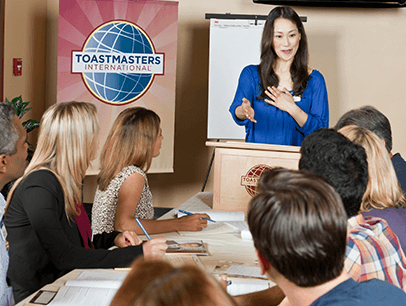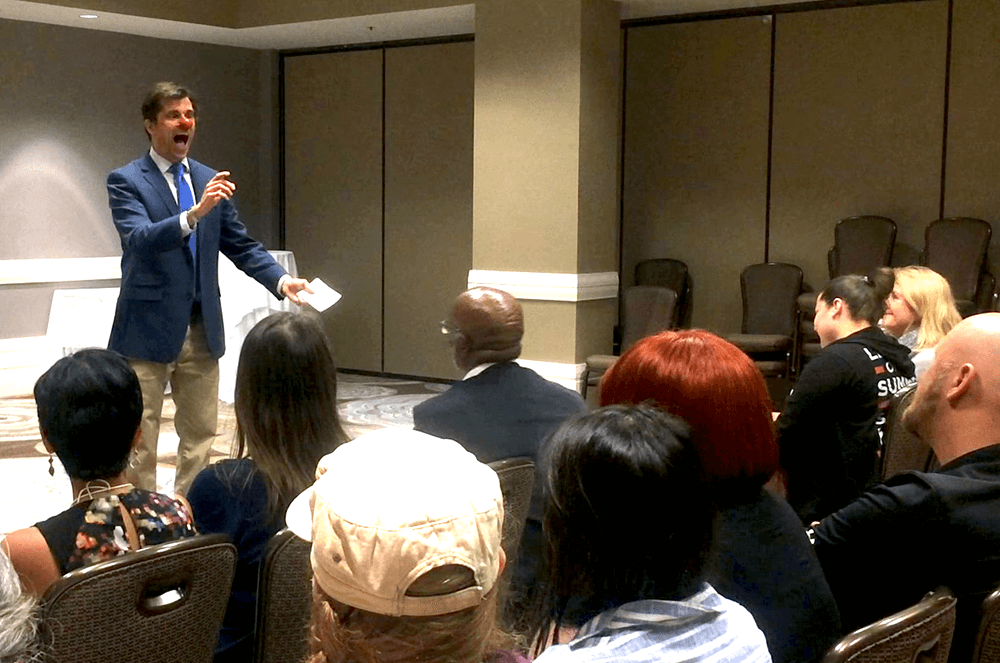
Have you ever been a spectator at a marathon? If so, you’ll likely remember the anxious opening moments and the triumphant result. But the middle? Not so much. The start of a race is filled with anticipatory excitement as runners bounce and stretch, waiting for the sound of the starting gun. Then comes the long run, which may be less engrossing for an audience, but at the finish line, energy once again soars as racers sprint to the end.
What does this have to do with communication? It’s actually a perfect metaphor for a critical—and critically analyzed—concept in human attention: the serial position effect.
Grounded in neuroscience, the serial position effect suggests that people tend to recall the first and last items in a series far better than they remember the middle items. The memorability of the start is called primacy, while the memorability of the end is called recency.
Like the start and finish of a marathon, the beginning and end of a presentation are typically the most memorable moments for the audience. The beginning is easily remembered because the speaker is sharing brand-new information. The ending is easily remembered because it is the most recent information the audience receives.
Research on Recall
In 1962, psychologist Bennet Murdock presented test participants with dozens of words—one every few seconds—and then asked them to repeat those words. He found that the words presented early in the list and at the end of the list were the ones most often remembered, while words in the middle were more frequently forgotten. Check out the sidebar to try this experiment yourself.
Some of the latest research on primacy and recency effects comes from a 2024 study by researchers Eva Rubínová and Heather L. Price, who tested participants’ recall of four visual scenes. The first and last items were recognized more quickly than those in the middle, leading the researchers to conclude that primacy and recency effects can also apply to visual information, not just verbal content.
The presence of this phenomenon is remarkably broad. Studies compiled and conducted by The Vermont Legislative Research Shop found that candidates appearing first on a ballot captured statistically significant percentages of the vote in American elections in several states. Voters seemed to gravitate to the first name on the ballot containing multiple candidates—indicating primacy at work.
Putting your most important points in areas where primacy and recency have the greatest effect will increase their memorability and impact.
Primacy also influences how consumers choose clickable items on websites and emails. Research conducted by the Journal of Computer-Mediated Communication finds that “the higher a link’s position in a list of links, the greater the probability that visitors will click on that link.” For example, people searching for running shoes on Google are likely to click one of the first search results that appear rather than scroll to the bottom of the page or look at subsequent results pages.
Moving from ballots and online shopping back to you, the serial position effect has enormous implications for your presentation. Putting your most important points in areas where primacy and recency have the greatest effect will increase their memorability and impact. But all too often, presenters squander those opportunities by filling those high-attention positions with far less important content, like extensive credentials, conference details, obligatory thanks, audience instructions, and final Q&A responses.
Here are several tactics to make the most of primacy and recency opportunities in your presentations.
At the Start
Primacy takes fullest effect at your very first words. To make the most of them, use the “HOP” approach: Hello, Opening, Point.
Hello: One or two lines to welcome the audience.
Example: “Good morning, I’m Pam Presenter. Thanks for being here.”
Opening: An engaging but brief hook that sets up your point, such as a quick personal story, provocative question or metaphor, relevant statistic, or current events connection.
Example: “Did you know that only 25% of employees feel their opinions matter to the organization’s leadership?”
Point: A clear and concise summary of your point—what you propose and why it matters.
Example: “I’m going to show you how to engage with your teams in ways that increase their trust and morale.”
Once you’ve concluded your HOP, share your credentials, acknowledgments, thanks, and whatever else you need to say at the start because these items will reside in the least potent moments of primacy.
Minding the Middle
In addition to spotlighting the start and end of your presentation, the serial effect has important consequences for the middle: How do you maintain audience interest when you don’t have the automatic advantage of primacy and recency? The good news is you can retain and, if necessary, regain your audience’s attention by:
- Sharing a visually arresting slide
- Telling a personal story
- Pausing
- Raising or lowering your speaking volume
- Making a substantial transition (“Now that we understand the factors that diminish team trust, let’s look at some ways to build it.”)
- Using attention drawing preview phrases like, “Here’s the thing …,” “The bottom line is …,” and “This is what we learned …”
These subtle change-ups will help keep your audience engaged from start to finish.
At the End
Because recency is strongest at the very end of your presentation, concluding with housekeeping messages (“Here’s how to get your parking validated!”), obligatory acknowledgments (“I’d like to thank the following 15 people.”), or your final response in a Q&A, is, again, discarding a golden opportunity to capture the audience’s attention.
To take the greatest advantage of recency, start your concluding comments with the least important information and end them by reinforcing your most valuable point, this time in a hopeful, future-focused context—what I call a “hope statement.” This is also a perfect time to add a call to action.
Example: “I hope this presentation will help you earn your team’s trust and inspire them to do their best work. Next week, try some of the team-building strategies we discussed and see how they affect your team’s participation and morale. Thank you, and good night.”
Finally, many presenters end with a Q&A, but few would want the last-answered question to be what audiences remember most as they leave. Reclaim the power of recency by following these steps to ensure the final word is yours.
- End your presentation with a simple restatement of your key point.
- Conduct the Q&A.
- Deliver your hope statement and call to action.
- Stop talking.
Remember that the serial position effect is only as powerful as the content in those positions. Insert your strongest points in the right places to ensure your points have impact long after you’ve finished speaking.
Joel Schwartzberg is a presentation coach, executive communication specialist, and author of The Language of Leadership: How to Engage and Inspire Your Team and Get to the Point! Sharpen, Simplify, and Sell Your Message. Follow him on LinkedIn.
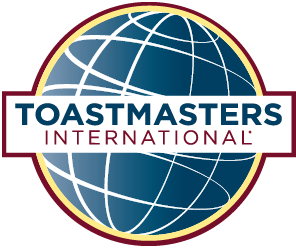
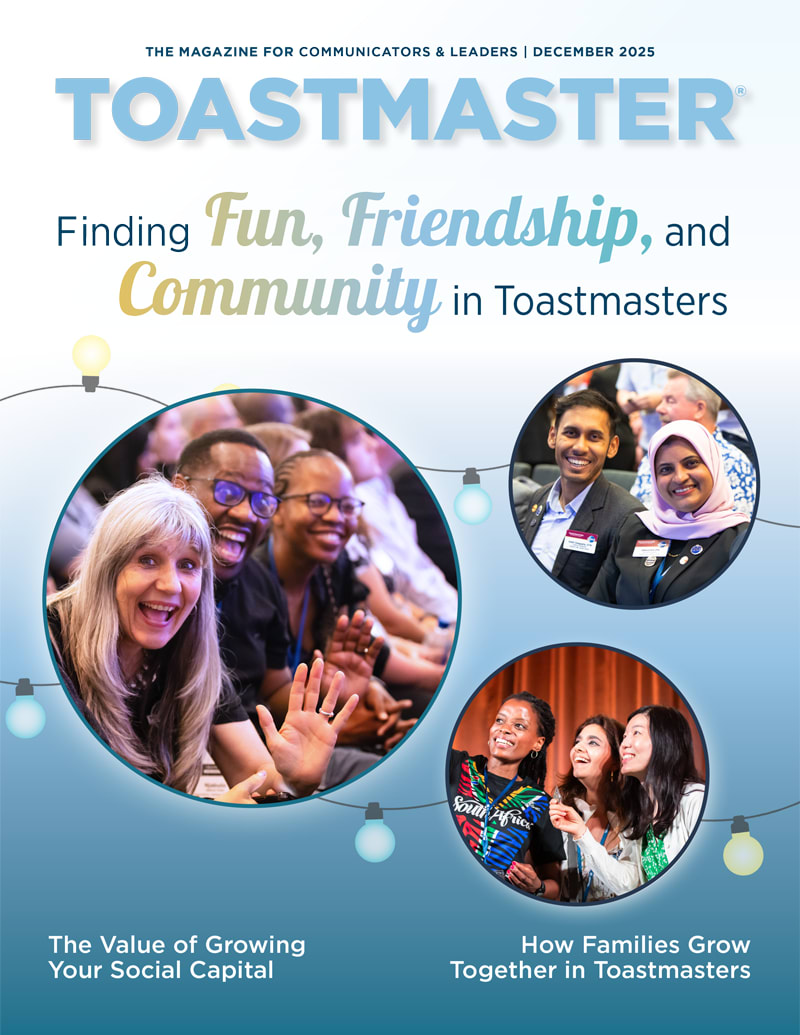

 Previous
Previous
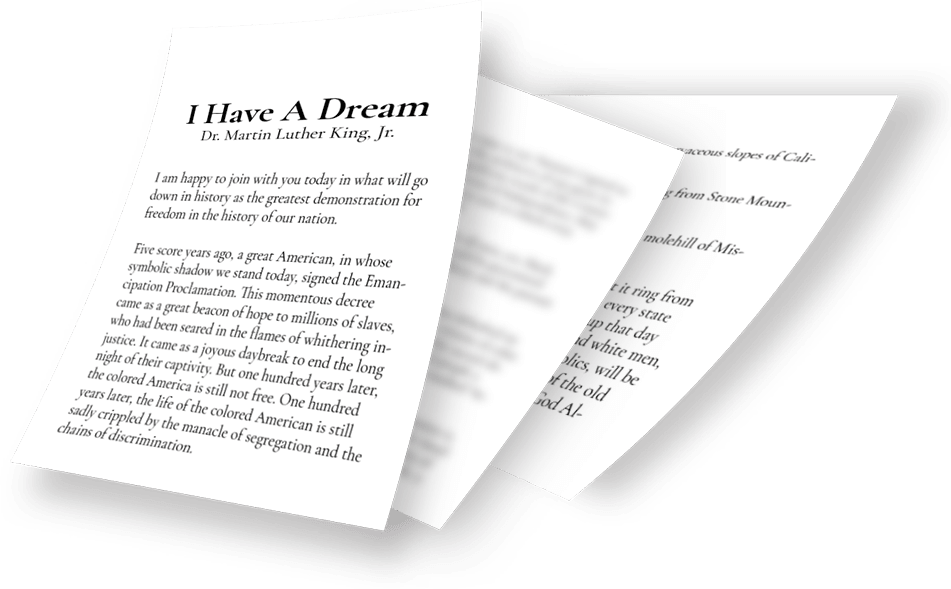

 Serial Position Effect in Action
Serial Position Effect in Action
 Previous Article
Previous Article
